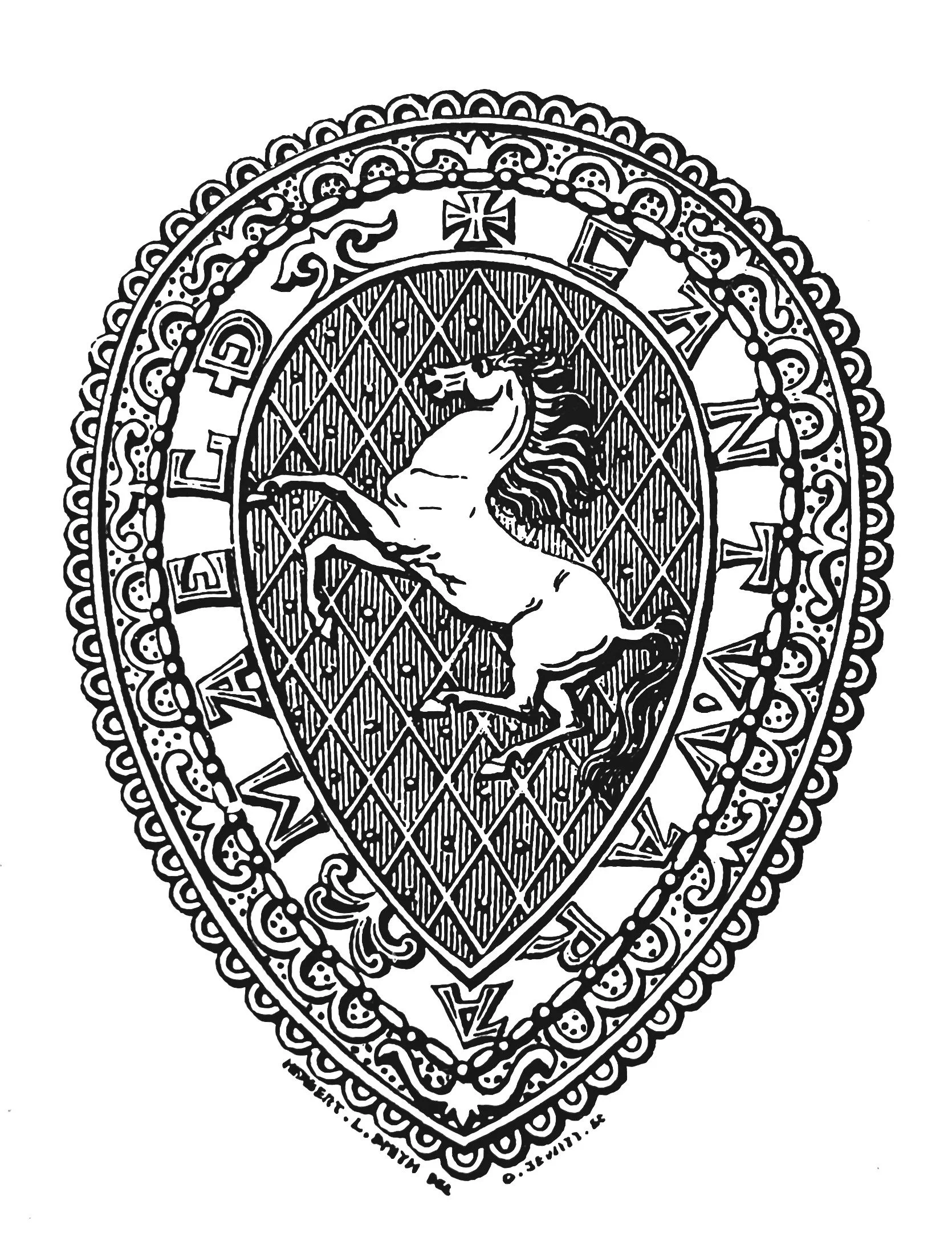
KAS Newsletter, Issue 26, Autumn 1993
The Aviary's history, society updates, and archaeological insights.
Contributions to the next issue are welcome. See the guidance for contributors and contact Editor Craig Campbell.
Search page
Search within this page here, search the collection page or search the website.
Previous
Previous
Edward Hasted
Next
Next



